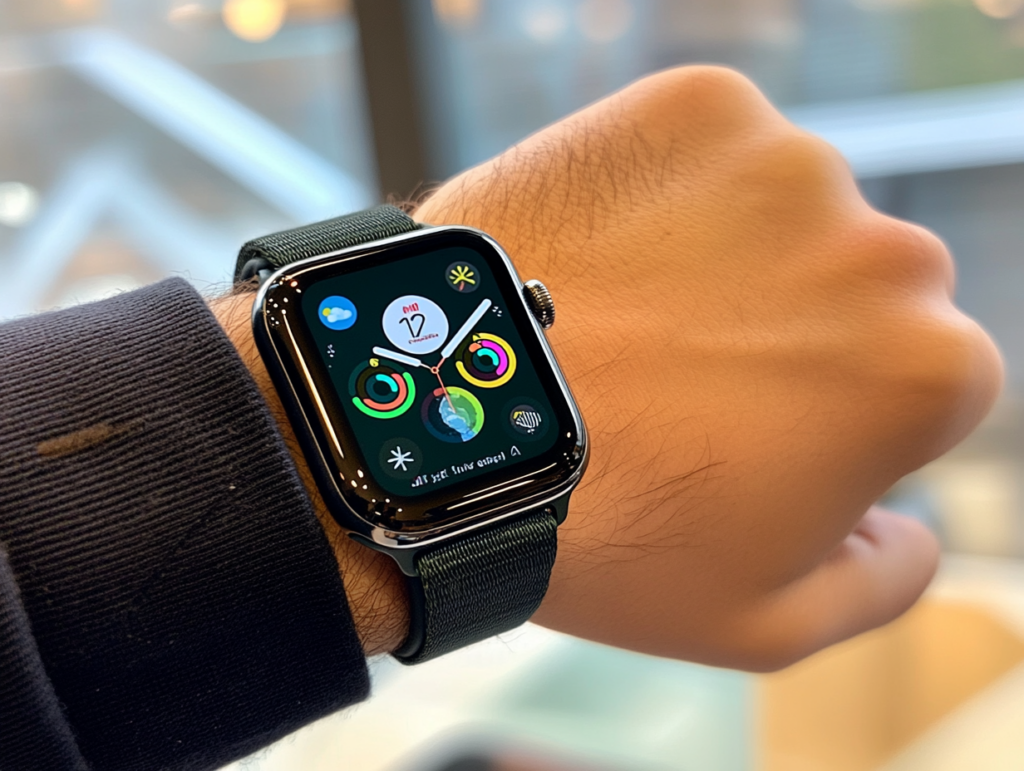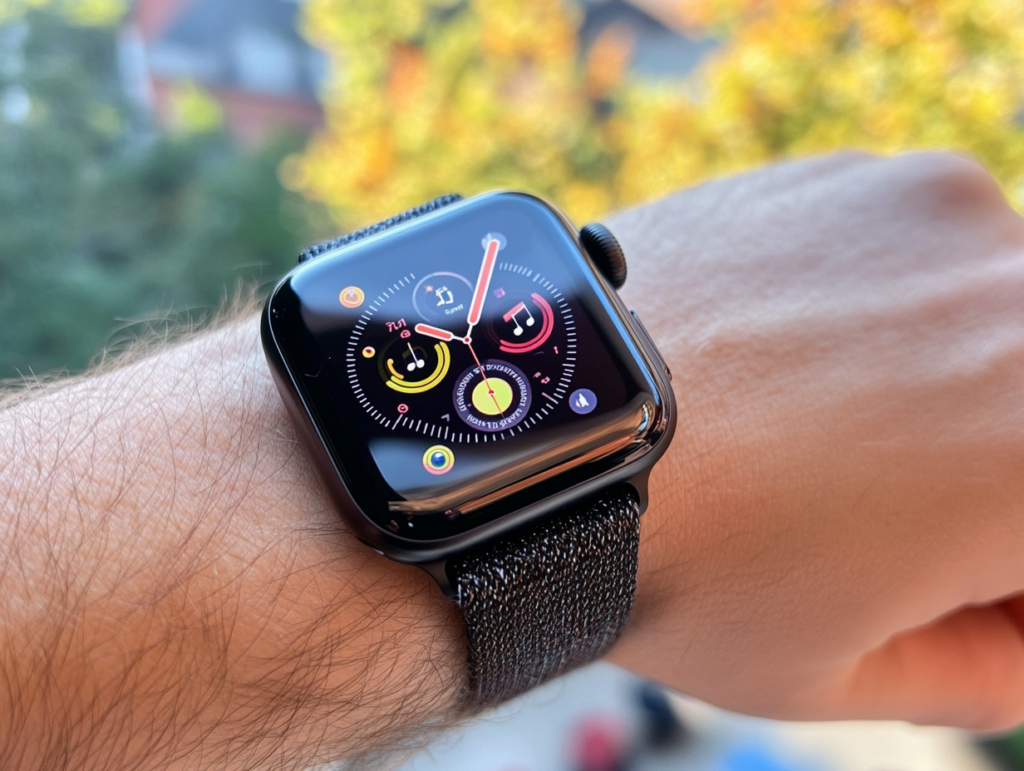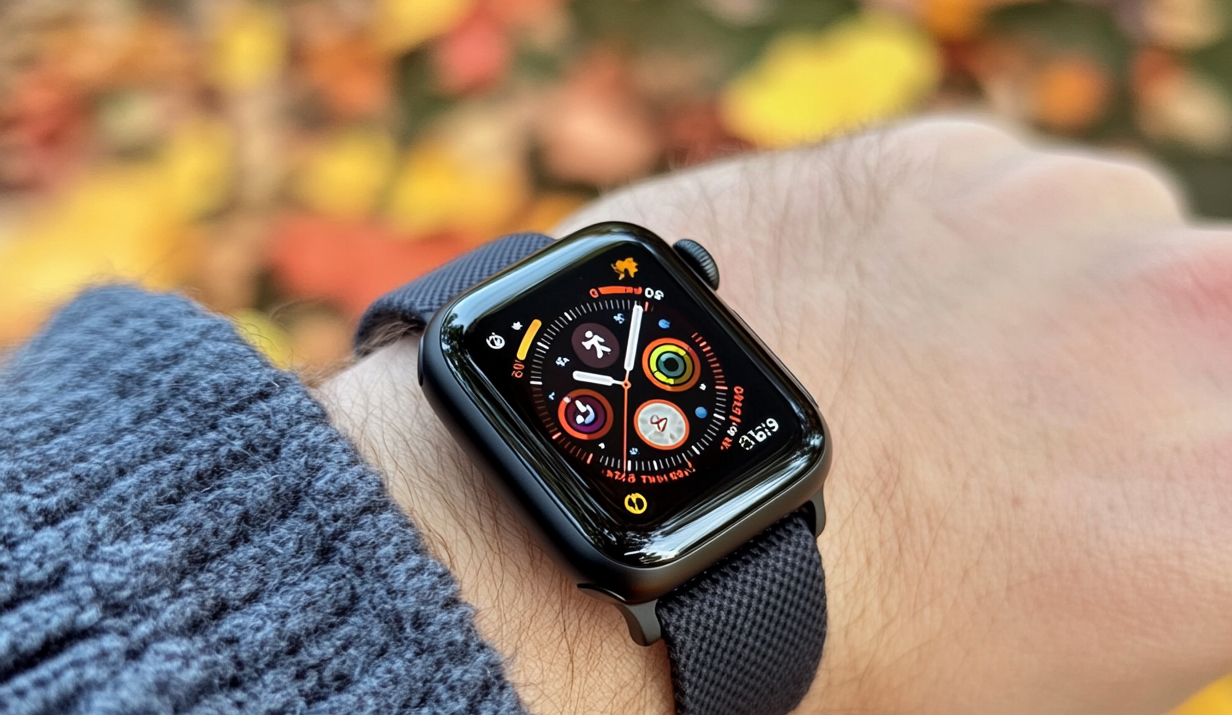Smartwatches have evolved from simple fitness trackers into powerful health-monitoring devices, capable of measuring heart rate, detecting irregularities, and even calling for emergency help when needed. But how reliable are these features? More importantly, can a smartwatch truly save your life? Let’s explore the science, limitations, and real-world impact of wearable health technology.
The Rise of Wearable Health Tech
Over the last decade, wearable health technology has become an integral part of daily life. Companies like Apple, Garmin, Fitbit, and Samsung have integrated increasingly sophisticated health features into their smartwatches, making them more than just step counters.
Today’s smartwatches can monitor heart rate, blood oxygen levels, and even track sleep patterns. Some models boast electrocardiogram (ECG) functionality, fall detection, and stress monitoring. But how do these features translate to real-world health benefits?
Detecting Heart Irregularities
One of the most significant breakthroughs in smartwatch health tracking is ECG monitoring. The Apple Watch, for example, has an FDA-cleared ECG feature capable of detecting atrial fibrillation (AFib), a condition that can increase the risk of stroke.
Several documented cases have shown that users were alerted to abnormal heart rhythms, prompting them to seek medical attention before serious complications arose. While these devices are not replacements for traditional medical tests, they serve as early warning systems that can lead to life-saving interventions.
Fall Detection and Emergency Alerts
Fall detection is another life-saving feature found in modern smartwatches. When a smartwatch detects a hard fall, it can prompt the user to confirm whether they need assistance. If no response is given within a certain timeframe, the device automatically contacts emergency services and shares the user’s location.
This function has proven invaluable for older adults and individuals with medical conditions that put them at risk of falling. Stories of people receiving timely help due to this feature continue to emerge, proving its real-world benefits.
Monitoring Blood Oxygen and Sleep Apnea Risks
Some newer smartwatches include blood oxygen sensors that measure SpO2 levels, an important indicator of respiratory health. Low SpO2 levels can signal conditions like sleep apnea or even early symptoms of respiratory infections.
Although these readings are not as precise as medical-grade devices, they provide useful insights. People with undiagnosed sleep apnea, for example, may notice irregular oxygen levels and seek medical advice sooner rather than later.

Stress and Mental Health Tracking
Beyond physical health, smartwatches now include stress-monitoring features that analyze heart rate variability (HRV) and other factors to assess stress levels. Some models even offer guided breathing exercises and mindfulness reminders to help manage stress.
While these features are not a substitute for professional mental health care, they can help users become more aware of their stress patterns and encourage healthier lifestyle choices.
Limitations of Smartwatch Health Features
Despite their impressive capabilities, smartwatches are not perfect. The accuracy of their sensors varies, and their readings should always be validated with professional medical advice.
1. False Positives and Anxiety
One downside of constant monitoring is the potential for false alarms. Some users experience unnecessary anxiety over minor irregularities detected by their smartwatch. In some cases, this can lead to excessive doctor visits and unnecessary medical tests.
2. Battery Life and Reliability
Unlike medical-grade monitoring devices, smartwatches need regular charging. A dead battery at the wrong time means losing access to potentially life-saving features. Additionally, certain features like blood oxygen monitoring and ECG readings may not be as reliable when the watch isn’t worn correctly.
3. Lack of Medical-Grade Accuracy
Although smartwatch sensors have improved, they are not replacements for hospital-grade equipment. Conditions like AFib, hypertension, and respiratory illnesses require professional diagnosis. Smartwatches should be seen as supplementary tools rather than definitive diagnostic devices.
Real-Life Stories: When Smartwatches Made a Difference
Despite their limitations, smartwatches have played a role in saving lives. Numerous stories have surfaced where people credit their smartwatch for early detection of serious health issues.
1. Atrial Fibrillation Alert Leads to Life-Saving Surgery
A Florida man received multiple warnings from his Apple Watch about irregular heart rhythms. After visiting his doctor, he was diagnosed with AFib and underwent a procedure that potentially saved his life. Without the smartwatch alert, he may not have sought medical attention in time.
2. Fall Detection Saves a Senior’s Life
An elderly woman in Canada fell while home alone. Her Apple Watch detected the fall and automatically called emergency services. Paramedics arrived within minutes and transported her to the hospital, where she was treated for fractures.
3. Blood Oxygen Monitoring and COVID-19 Detection
During the COVID-19 pandemic, some smartwatch users noticed consistently low SpO2 readings, prompting them to get tested. In several cases, these early warnings led to prompt treatment before severe symptoms developed.
The Future of Smartwatch Health Tech
Wearable health technology is rapidly evolving, and future smartwatches are expected to include even more advanced health-tracking capabilities. Some of the upcoming innovations include:
- Blood Glucose Monitoring: Non-invasive glucose tracking could revolutionize diabetes management.
- Advanced Sleep Analysis: More accurate detection of sleep disorders like insomnia and apnea.
- AI-Driven Health Predictions: Smartwatches may use artificial intelligence to predict potential health risks based on historical data.
With each advancement, these devices move closer to bridging the gap between consumer technology and medical-grade health monitoring.

Should You Rely on Your Smartwatch for Health Monitoring?
The answer depends on how you use it. A smartwatch can be an excellent health companion, but it should never replace professional medical advice. It’s best used as a supplemental tool to monitor trends and provide alerts that encourage further investigation.
If you have underlying health conditions, a smartwatch can serve as an extra layer of awareness. However, always consult a doctor for accurate diagnosis and treatment.
Conclusion: Life-Saving Potential With Caveats
So, can your smartwatch actually save your life? The answer is yes—but with limitations. It can alert you to potential health issues, facilitate faster emergency responses, and encourage healthier habits. However, it’s not infallible, and users should be cautious about over-relying on its readings.
As wearable technology continues to improve, the potential for life-saving interventions will only grow. For now, embracing these devices as helpful health assistants—rather than replacements for medical expertise—is the smartest approach.





